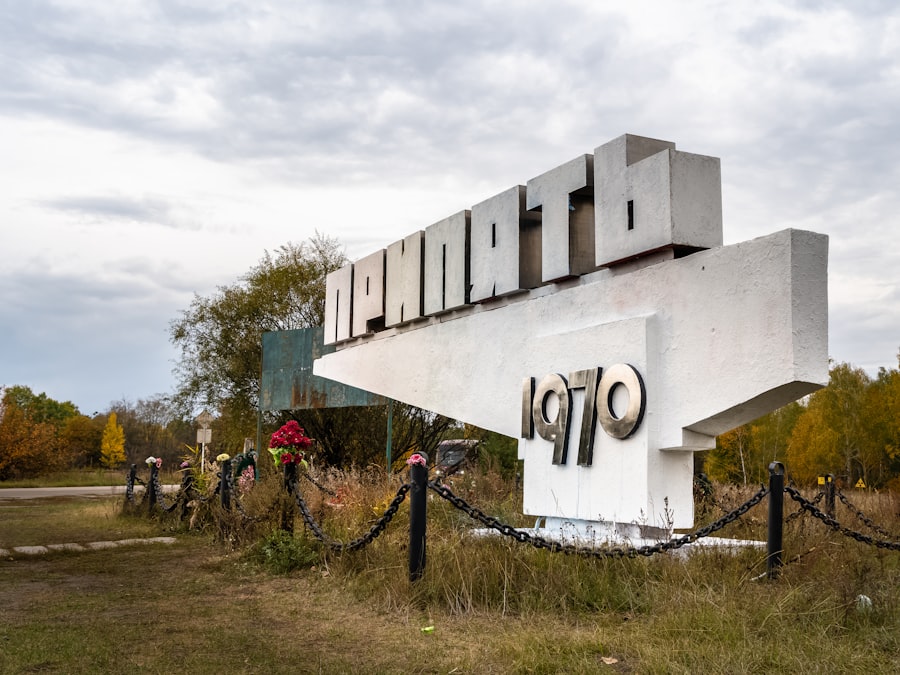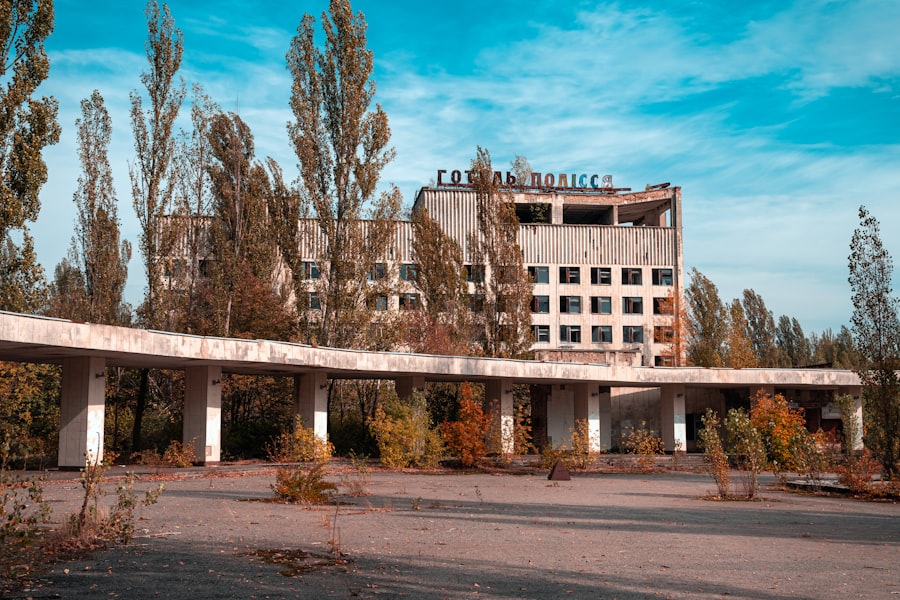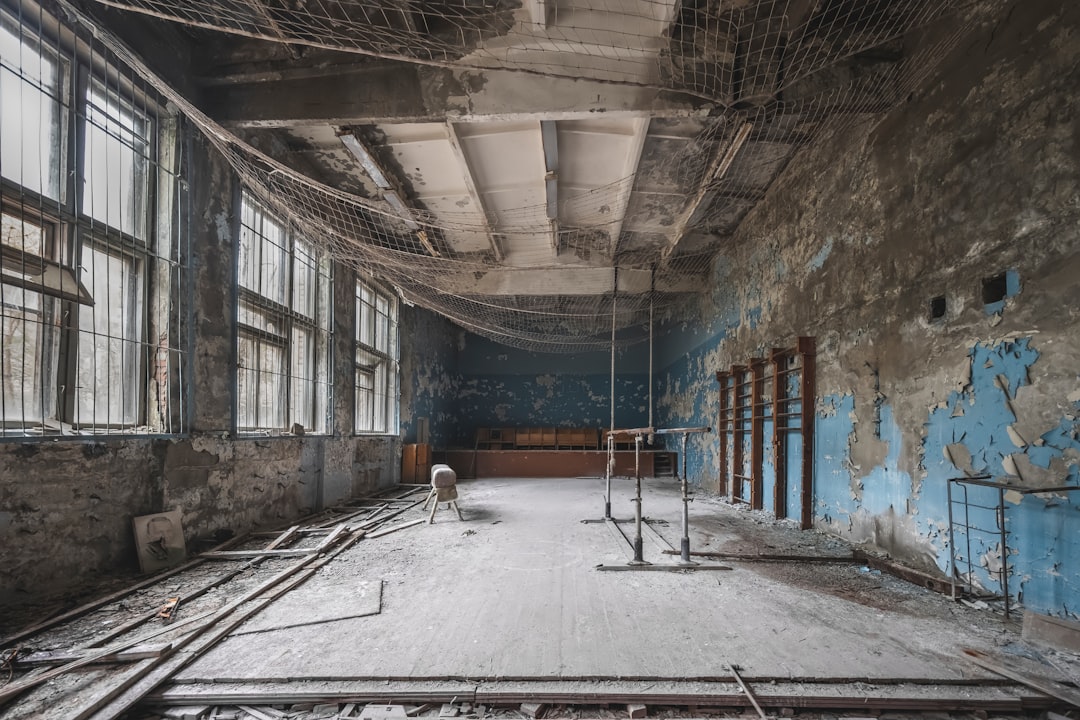Dark tourism, a term that may evoke a sense of intrigue or discomfort, refers to the practice of visiting sites associated with death, tragedy, and the macabre. You might find yourself drawn to these locations for various reasons—curiosity, education, or even a desire to confront the darker aspects of human history. As you explore this phenomenon, you’ll discover that dark tourism encompasses a wide range of experiences, from somber memorials to haunted locales.
It invites you to reflect on the past while grappling with the complexities of human existence. In recent years, dark tourism has gained significant traction, with more travelers seeking out these unique experiences. You may wonder what compels people to visit places like battlefields, concentration camps, or sites of natural disasters.
The allure often lies in the stories these locations tell—stories of resilience, loss, and the human condition. As you delve deeper into the world of dark tourism, you’ll uncover not only the historical significance of these sites but also the emotional and psychological connections they foster.
Key Takeaways
- Dark tourism involves visiting sites associated with death, tragedy, and suffering for educational and emotional purposes.
- The history of dark tourism dates back to ancient times, with examples such as the Roman Colosseum and the Tower of London.
- Eerie and historical macabre sites around the world include places like Auschwitz, Chernobyl, and the Catacombs of Paris.
- The psychological fascination with dark tourism stems from a desire to confront mortality, understand history, and experience thrill and excitement.
- Ethical considerations in dark tourism revolve around respecting the dignity of the deceased and the impact on local communities, as well as the potential for exploitation and voyeurism.
The History of Dark Tourism
The Enlightenment and the Rise of Macabre Interest
The Enlightenment period saw a shift in attitudes toward death, with an increased interest in the macabre and the morbid. This fascination is reflected in literature and art from that era, which often explored themes of mortality.
The 19th Century: A Turning Point for Dark Tourism
The 19th century marked a significant turning point for dark tourism. The rise of industrialization and urbanization led to an increase in leisure travel, allowing people to visit sites of historical significance more easily. During this time, public executions and graveyards became popular attractions. The advent of photography also played a role in shaping dark tourism, as images of tragic events and places began to circulate widely.
Laying the Groundwork for Modern Dark Tourism
This period laid the groundwork for modern dark tourism, which continues to evolve as society grapples with its collective memory.
Eerie and Historical Macabre Sites Around the World

As you embark on your journey through dark tourism, you’ll encounter a myriad of eerie and historical sites that beckon exploration. One such location is Auschwitz-Birkenau in Poland, a haunting reminder of the Holocaust. Walking through the gates of this former concentration camp, you can feel the weight of history pressing down on you.
The preserved barracks and memorials serve as poignant reminders of the atrocities committed there. Visiting such sites can be an emotional experience, prompting reflection on humanity’s capacity for both cruelty and resilience. Another notable destination is Chernobyl in Ukraine, where the catastrophic nuclear disaster of 1986 left an indelible mark on history.
As you wander through the abandoned streets of Pripyat, you may be struck by the eerie silence that envelops the area. Nature has begun to reclaim what was once a bustling town, creating a surreal juxtaposition between decay and rebirth. Exploring Chernobyl offers a unique opportunity to witness the consequences of human error and environmental disaster firsthand.
The Psychological Fascination with Dark Tourism
| Psychological Fascination with Dark Tourism |
|---|
| Interest in morbid or macabre events |
| Desire to understand historical tragedies |
| Curiosity about death and suffering |
| Seeking a sense of thrill or excitement |
| Exploring the human capacity for evil |
Your interest in dark tourism may stem from a complex interplay of psychological factors. One reason people are drawn to these sites is the innate human curiosity about death and tragedy. You might find yourself grappling with existential questions as you confront mortality in a tangible way.
This confrontation can lead to a deeper understanding of life itself, prompting introspection and personal growth. Additionally, dark tourism often serves as a means of processing collective trauma. By visiting sites associated with historical tragedies, you can engage with shared memories and emotions that transcend individual experiences.
This connection fosters empathy and understanding, allowing you to confront uncomfortable truths about humanity’s past. As you navigate these spaces, you may find that your perspective on life and death shifts, leading to a greater appreciation for the fragility of existence.
Ethical Considerations in Dark Tourism
While dark tourism can be enlightening and thought-provoking, it also raises important ethical questions that deserve careful consideration. As you explore these sites, it’s crucial to approach them with respect and sensitivity. Many locations are memorials to real suffering and loss; treating them as mere attractions can be seen as exploitative or disrespectful.
You should strive to honor the memories of those who suffered by engaging thoughtfully with the history and context surrounding each site. Moreover, the commercialization of dark tourism poses additional ethical dilemmas. As demand for these experiences grows, some sites may prioritize profit over education and remembrance.
You might encounter guided tours that sensationalize tragedy or promote a voyeuristic approach to suffering. It’s essential to seek out responsible operators who prioritize education and respect for the victims’ legacies. By doing so, you can ensure that your experience contributes positively to the ongoing dialogue about history and memory.
The Impact of Dark Tourism on Local Communities

Dark tourism can have profound effects on local communities, both positive and negative. On one hand, it can provide economic benefits by attracting visitors who contribute to local businesses and create jobs in hospitality and tourism sectors. You may find that communities near dark tourism sites often rely on this influx of visitors for their livelihoods.
This economic boost can lead to improved infrastructure and services that benefit residents. However, there are also challenges associated with dark tourism that communities must navigate. The influx of visitors can strain local resources and disrupt daily life for residents.
You might witness tensions arising between tourists seeking authentic experiences and locals who wish to preserve their privacy and dignity in the face of tragedy. Striking a balance between honoring historical significance and respecting community needs is essential for fostering sustainable dark tourism practices.
Tips for Exploring Dark Tourism Sites Safely
As you prepare to explore dark tourism sites, it’s important to prioritize safety and respect throughout your journey. First and foremost, do your research before visiting any location. Understanding the historical context will enhance your experience and help you engage meaningfully with what you encounter.
Familiarize yourself with any rules or guidelines set by site operators to ensure you’re respectful during your visit. When you’re on-site, maintain a respectful demeanor at all times. Remember that many locations are places of mourning or remembrance for those affected by tragedy.
Avoid disruptive behavior or taking photos in areas where it may be deemed inappropriate. Engaging with local guides can also enrich your experience; they often provide valuable insights that deepen your understanding of the site’s significance.
The Future of Dark Tourism: Trends and Developments
As society continues to evolve, so too does the landscape of dark tourism. You may notice emerging trends that reflect changing attitudes toward history and memory. One such trend is the increasing emphasis on educational experiences over mere entertainment.
Travelers are seeking out opportunities for meaningful engagement with history rather than passive observation. This shift encourages operators to develop programs that foster understanding and reflection. Additionally, technology is playing an increasingly prominent role in shaping dark tourism experiences.
Virtual reality tours and interactive exhibits allow you to explore historical sites from anywhere in the world while providing immersive educational content. As these technologies advance, they have the potential to enhance your understanding of complex historical narratives while making dark tourism more accessible. In conclusion, dark tourism offers a unique lens through which you can explore humanity’s past while grappling with profound questions about life, death, and memory.
By approaching these sites with respect and sensitivity, you can engage meaningfully with history while contributing positively to local communities. As you navigate this fascinating realm, remember that each visit is an opportunity for reflection and growth—an invitation to confront the complexities of existence head-on.
